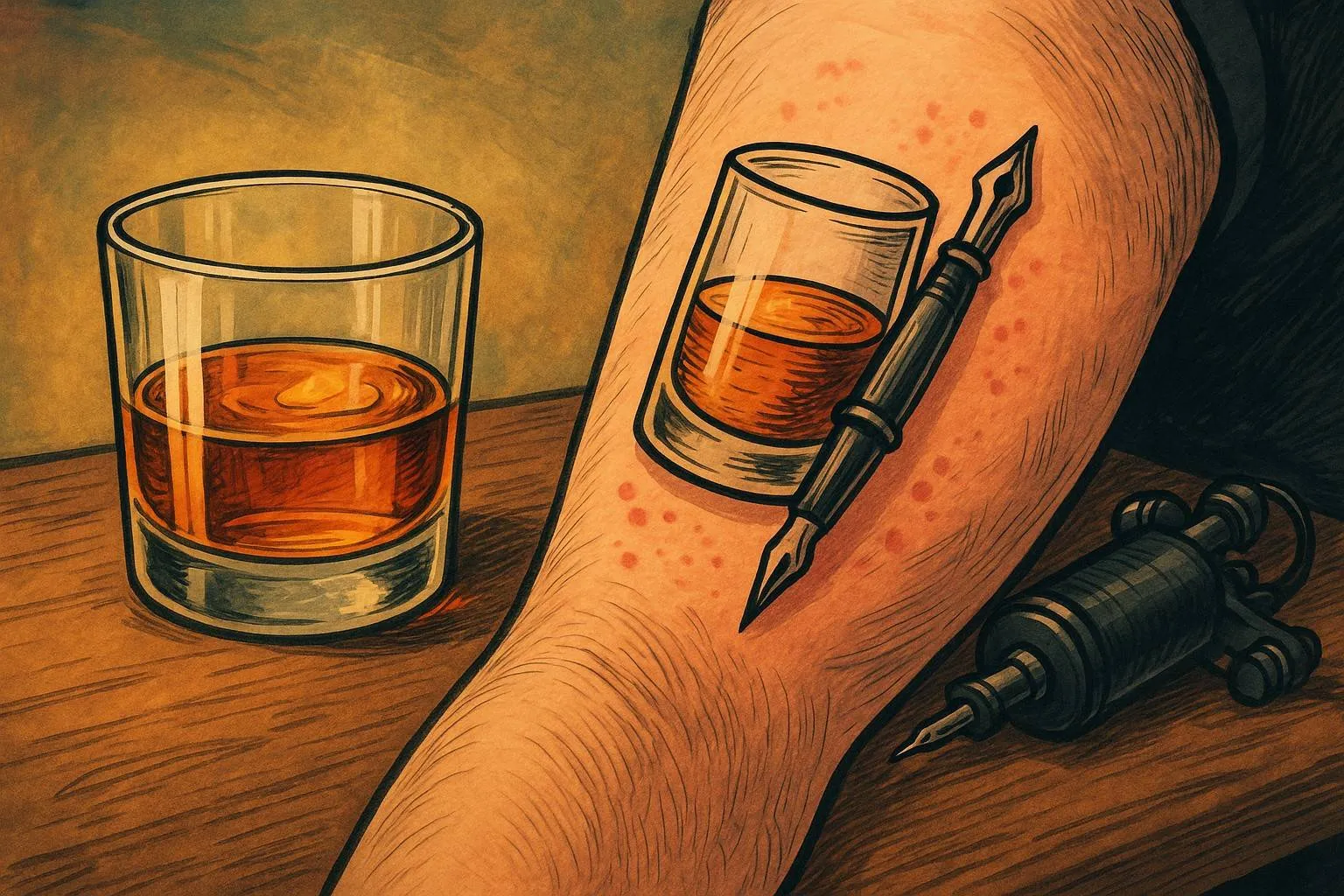
We’ve all been there: the hangover. After a fun night out, you wake up with a pounding head. The usual culprit is alcohol, especially when you mix your drinks. People sometimes claim that you’re less likely to get a hangover from single malt whisky because of its purity. But is that fact or fiction?
Which part of alcohol causes a hangover?
Let’s start by explaining what leads to a hangover. When making single malts in traditional copper pot stills, production happens in batches. During distillation, the first part that runs off isn’t used. This portion, the foreshot, contains impurities and harsh flavors and those are the things that trigger hangovers.
The heart of the distillate, the middle cut, is what’s kept. The tail, also called the feints, isn’t used either, for the same reason: it contains unwanted flavors.
In short, by using only the middle cut, you end up with a much purer final product than if the head and tail were included as well. So in that sense, it’s no myth that single malt whisky has a cleaner character.
Fun fact: some distilleries do reuse the head and tail, but as part of the charge for the next batch, of which only the middle cut will again become whisky. It’s a smart way to recycle within the process!
Not all whisky is made in a pot still
As you probably know, distillers make whisky in different ways. Some swear by pot stills, but not everyone uses them—and that makes a real difference to how pure the whisky is.
In large industrial production, there are no batch runs and copper pot stills aren’t used. That leaves fewer opportunities to remove impurities from the distillate.
A good example is grain whisky produced in tall column stills. Younger grain whisky tends to taste sharper. Whisky made this way is also lighter in color and flavor. You might therefore be more prone to a hangover from this style than from single malt whisky.
Blending
So what about blends, you ask? Combining multiple single malts and grain whiskies creates a smooth, consistent flavor profile that suits many whisky drinkers perfectly. But the real question is: are you more likely to get a hangover from a blend than from a single malt? In principle, yes.
That’s not allowed in Scotland
To minimize your chances of a hangover, you’d ideally drink only pure single malts. In Scotland, single malt protections go so far that automatic copper pot stills running continuous processes are banned! The Scots locked that into their quality standards long ago—hangover prevention by design.
A few caveats, though: many other factors influence whether you do or don’t get a hangover. This article focuses solely on differences in whisky production and technique. Our advice remains the same: drink in moderation and stay hydrated. If you never overdo it, you’ll always reduce your odds of a hangover!
Do you know our “Did you know?” series? Check out the full overview.
Read also
loading
POPULAR NEWS

This Brand-New Whisky Distillery Was In Serious Trouble and No One Noticed

Top 10 Speyside Whiskies to Buy Now or Gift Someone
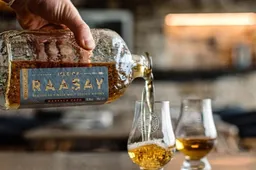
These are the Best Whiskies of 2026, According to the World Whiskies Awards
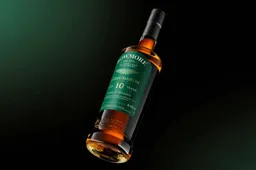
Why Aston Martin Is Suddenly Easing Off the Whisky and Betting Big on Tom Holland
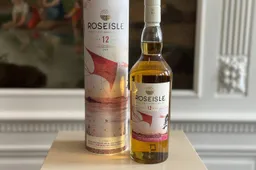
Diageo pauses malt production at a major whisky distillery

The 10 Best Whiskies for Beginners to Buy
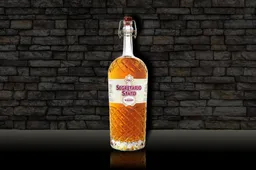
The 7 Best Whiskies from Northern Italy, All in One Place

The 5 Best Indian Whiskies At a Glance

Black Art Whisky is Back, but With a Mysterious Twist
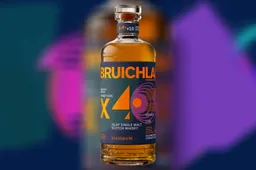
Bruichladdich Reveals 'World Premier' in Whisky
LATEST COMMENTS
- Hi Yvonne, Thank you for your response and for sharing the video. Unfortunately, the evidence you referred to consists only of two people talking about the whisky, without any explanation or identification. We have not spoken to the individuals in the video ourselves, nor can we verify who they are. We describe it as a Chinese whisky because it is released by a Chinese distillery. As you mentioned, the distillery has chosen to label the product as “pure malt” instead of “Chinese whisky.” Based on that, we do not believe they are doing anything illegal.M0nkey16-11-2025
- So - you have the proof......where's your write up?Yvonne16-11-2025
- You are absolutely right. Luckily that doesn't matter for the taste of the whisky. Have you tried it yet?M0nkey05-11-2025
- Guess what? Finland is not part of Scandinavia.Gray105-11-2025
- Throw in the towel? You mean restructure to compete and win in a challenging industry environment.WestwardFounder21-10-2025
- There is nothing legally to prevent the English whisky GI from coming into force, it complies with all the relevant laws and the single malt definition follows the precedent of Welsh whisky and US whiskyChefBear15-10-2025
- Three emails sent (two with videos, linked to a Google Drive Share). 1. The original video. 2. The video with subtitles as it was shared on YouTube 3. Screen grab of the YouTube channel where the video was blocked due to Pernod Ricard lobbying. The story was covered on Drinks Intel at the time - link here - https://drinks-intel.com/subscriber-news/pernod-ricards-the-chuan-pure-malt-whisky-not-sourced-solely-from-china-global-drinks-intel-exclusive/Yvonne10-10-2025
- Hi Yvonne, Thank you for your interesting comment. Could you share your copy with us, so we can adjust our item accordingly? Mail us at [email protected]. Thank you in advance.M0nkey09-10-2025
- Let's keep this factually correct. Pernod Ricard DID NOT release a Chinese whisky. Their first output from The Chuan (the name of the distillery in Sichuan, China) wasn't fit for bottling. What they actually bottled was imported Scotch whisky. This is why the product is called "PURE MALT" and not "Chinese Whisky" - because Pure Malt is not a regulated term - this is not a secret. This was exposed about a week after they released it. There were even videos about their own staff on site admitting it was made from imported whisky - which Pernod Ricard got the lawyers onto to get the video pulled. I've got a copy if you want it.Yvonne09-10-2025
Loading
